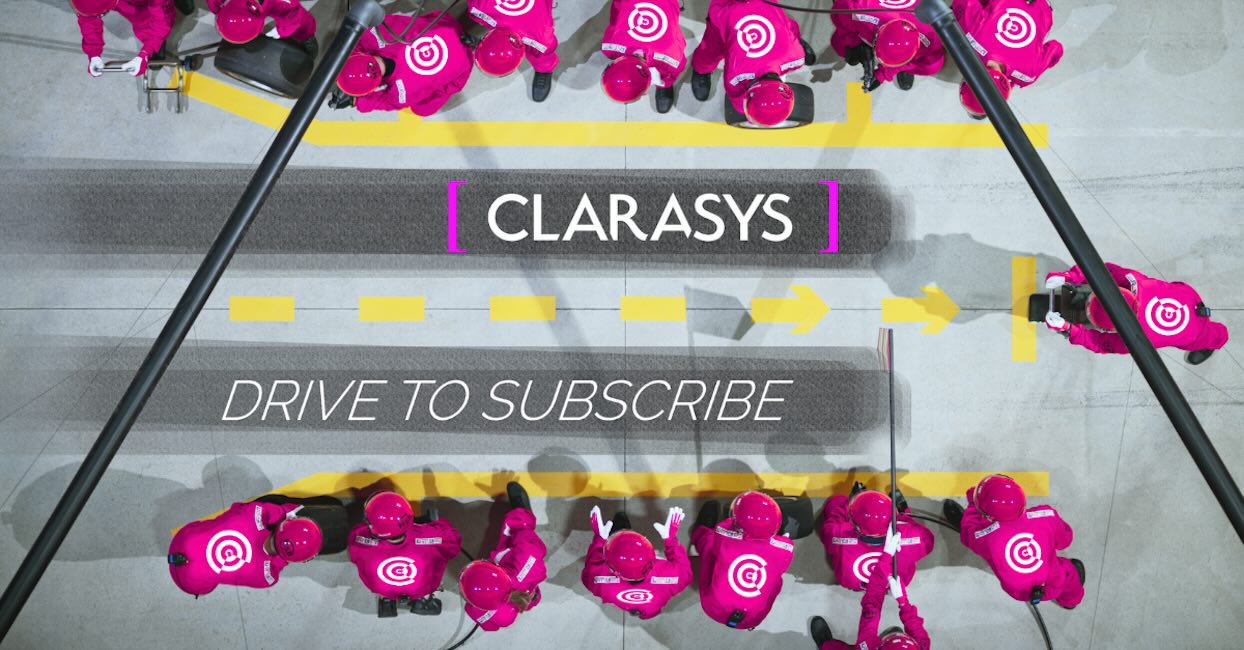While the professional day-to-day may feel increasingly more fast-paced, complex, uncertain and fluid, this in itself does not have to be a blocker to innovation.
Connect your north star direction to your day to day
Connect your north star direction to your day to day
While the professional day-to-day may feel increasingly more fast-paced, complex, uncertain and fluid, this in itself does not have to be a blocker to innovation.

Meet the author
While the professional day-to-day may feel increasingly more fast-paced, complex, uncertain and fluid, this in itself does not have to be a blocker to innovation.
By setting the right foundation, direction and guard rails to work effectively and efficiently, each organisation has the potential to achieve its goals.
Why your north star matters
Firms are becoming increasingly better at setting a clear north star. The main friction point lies in how this north star is translated into clarity on the ground.
According to a 2019 study by Gartner, only 47% of employees said they understood their organisation’s goals and how their day-to-day work connects to it; this can lead to confusion and frustration.
Large organisations are particularly at risk of misalignment as their scale and complexity makes it naturally more difficult in delivering a consistent experience across multiple products and services.
In some instances, we found that teams work at cross-purposes or even against each other unknowingly.
The missing interpretation layer between strategy and the frontline can often be filled by a combination of Objectives and Key Results (OKRs), value propositions, business models and clear service designs which show how a firm organises itself to deliver a customer journey.
However, this needs to be done with careful consideration of not only an organisation’s vision and purpose but also of the day-to-day employee experiences.
It is time for firms to stop being their worst enemy.
Starting at the top, but listening to the ground
Companies are growing in complexity, working models are becoming more fragmented as people adopt hybrid working and customers are demanding more, while increasingly caring about ‘why’.
This leads to both an unprecedented risk and opportunity to embrace simplicity, focus and clarity – but what does that look like in practice?
The key is to start with why and the vision you are trying to achieve. By starting with a problem to solve, a vision can be translated into OKRs and a value proposition, this drives the business model, which informs the service design – and ultimately, a service design can be translated into an outcome-based product roadmap.
But how do you pick the right problem to solve? In our experience, the most effective solutions come from listening to the customers’ problems, but let the designing and solutioning be informed by the business.
By focusing on the problem as outlined in this article, firms can set a clear vision of how they will address it in the future as part of a vision.
What a north star might do for you
In most cases, the foundation to build this north star already exists, but having an honest conversation about how to translate it can be uncomfortable. It is not as scary as you might think, however.
The returns speak for themselves. By having teams pull in the same direction with purpose, clarity and momentum, you not only empower your employees and loyal customers but also gain a better return on investment.
In fact, according to Forbes’ HR Council, one of the key attributes that high performing teams have in common is a shared vision and goals to work towards. These goals need to not only clearly define a path forward but be built on values that your teams can easily get behind.
Faster new product development (NPD), improved customer experience, reduced waste, more satisfied people both internally and externally are only some of the effects of connecting vision to the everyday.
Firms that adopt this way of working tend to be more agile, lean and profitable. According to Roman Pichler, the author of “How to Lead in Product Management”, agile practices enable early and frequent user feedback, which can improve the likelihood of creating a product that best fits the customer.
This in turn ensures that the product is less likely to be taken off the shelves prematurely and you can focus your efforts on the next big idea as outlined in this previous blog.
In order to make improvements in any area of your organisation, the first step is always to reassess your long-term goals, whether they have the right purpose behind them, and whether this sufficiently translates to the day to day work done by your employees.
If your north star is clearly rooted in the everyday, and you’re able to bring your employees on the journey with you, then you will increase your chances of building a sustainable, resilient and profitable business for the future.

